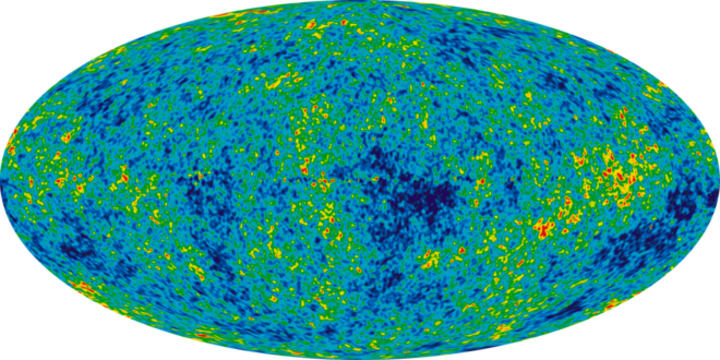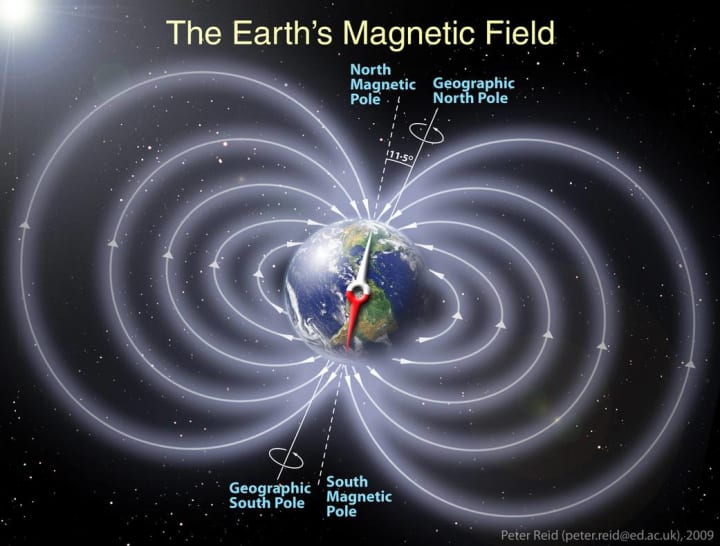Unknows of the Universe
Unveiling the Mysteries of Outer Space

Introduction:
Outer space, with its vastness and countless celestial bodies, has always captivated our imagination. It is a realm filled with mysteries waiting to be unraveled. From distant galaxies to black holes and cosmic phenomena, let's embark on a journey to explore some of the most intriguing mysteries of outer space.
1. Dark Matter and Dark Energy:
One of the greatest enigmas in astrophysics is dark matter and dark energy. Scientists estimate that only about 5% of the universe consists of ordinary matter that we can see, while approximately 27% is made up of mysterious dark matter. The remaining 68% is attributed to even more enigmatic dark energy, which seems to be accelerating the universe's expansion.

2. Black Holes:
Black holes are cosmic entities with such immense gravitational pull that nothing can escape their grasp, not even light itself. They remain shrouded in mystery as scientists strive to understand their formation and behavior. Studying black holes provides valuable insights into gravity, spacetime curvature, and the nature of singularities.

3. Exoplanets and Alien Life:
The discovery of exoplanets – planets orbiting stars outside our solar system – has sparked excitement about finding extraterrestrial life forms. Scientists are searching for habitable zones where conditions might support life as we know it or perhaps even entirely different forms yet unknown.

4. Cosmic Microwave Background Radiation (CMB):
The CMB is faint radiation permeating throughout space that originated shortly after the Big Bang around 13.8 billion years ago when our universe was born from an incredibly hot and dense state. By studying this radiation's patterns and fluctuations, scientists gain insights into how galaxies formed and evolved over billions of years.

5. Gamma-Ray Bursts (GRBs):
Gamma-ray bursts are intense explosions observed in distant galaxies—brief but incredibly energetic events releasing more energy in a few seconds than our sun will emit in its entire lifetime. The origins and mechanisms behind these bursts remain a mystery, but they are believed to be associated with the collapse of massive stars or merging neutron stars.

6. The Great Attractor:
The Great Attractor is a gravitational anomaly that exerts an immense pull on galaxies within its vicinity. It remains hidden behind the Milky Way's dust and gas clouds, making it difficult to observe directly. Scientists are still trying to understand what is causing this gravitational force and what lies beyond it.

Conclusion:
Outer space continues to astound us with its mysteries, pushing the boundaries of our knowledge and inspiring countless scientific discoveries. From dark matter and black holes to exoplanets and cosmic radiation, each mystery unraveled brings us closer to understanding the vastness of our universe. As we continue exploring outer space, new questions arise, ensuring that more wonders will always be waiting for us beyond the Earth's atmosphere.
Humans in space
Most of the time, the only humans in space are those aboard the ISS, which generally has a crew of 7, and those aboard Tiangong, which generally has a crew of 3. NASA and ESA use the term "human spaceflight" to refer to their programs of launching people into space.
Achievements in space exploration and research:
- James Webb telescope released spectacular images of nebulae and galaxies.
- NASA's DART mission crashed a spacecraft into an asteroid.
- Artemis kick-starts a mission to the moon.
- China sends astronauts to its very own space station.
- NASA launched its mega Moon rocket for the first time, sending its uncrewed Orion spacecraft around the Moon.
- Missions dealt with the farthest, closest, hottest, and coldest conditions in the universe.
- Researchers have found evidence for the existence of a new type of planet they have called a “water world".
About the Creator
Dua Nouman
A seasoned content writer with a passion for words and poetry.
Want to become a great scientist. Love reading, writing, poetry, moon, and loneliness.
Mostly write poetry when I am feeling empty...






Comments
There are no comments for this story
Be the first to respond and start the conversation.